October 29, 2025
Data Shows Endangered Palau Ground Doves Swiftly Recovering After Successful Palauan Island Conservation Effort
Astounding evidence of recovery on Ulong Island in Palau after just one year!
Published on
October 15, 2013
Written by
Heath
Photo credit
Heath
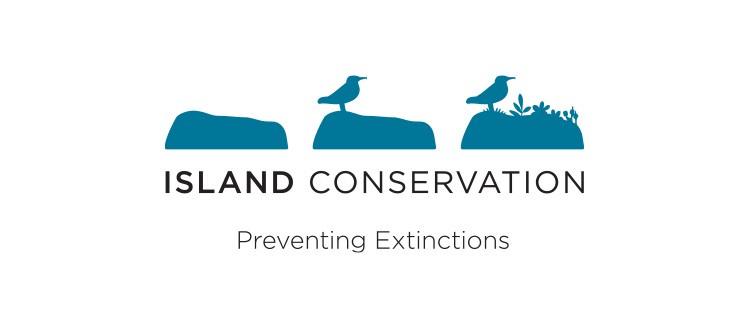
Parks Canada and the Haida Nation, with partners Island Conservation and Coastal Conservation, completed a project on Oct. 2, 2013 to remove invasive rats from an island ecosystem to protect and restore critical seabird habitat.
Skidegate, British Columbia, October 15, 2013
The project was implemented in September 2013, on Murchison and Faraday Islands in Gwaii Haanas National Park Reserve, National Marine Conservation Area Reserve and Haida Heritage Site to protect critical seabird nesting habitat by removing invasive black rats. Complete removal of these invasive rats is a significant step toward restoring the ecological integrity of these islands.
Approximately half of the world’s population of Ancient Murrelets, a species at risk in Canada, breeds on remote islands in Haida Gwaii, including in Gwaii Haanas National Park Reserve, National Marine Conservation Area Reserve, and Haida Heritage Site. The Ancient Murrelet is a culturally significant seabird species to Haida peoples, who used it for sustenance and for ceremonial purposes.
“As a world leader in conservation, Parks Canada is committed to protecting and restoring seabird habitat in Gwaii Haanas—home to a significant proportion of the millions of nesting seabirds on Haida Gwaii,” said Ernie Gladstone, Gwaii Haanas Field Unit Superintendent. “This project will correct an imbalance and allow seabirds and other native species to re-establish their populations and to thrive in intact ecosystems.”
“The introduction of rats to many of the forested islands of Haida Gwaii has meant the demise of several historic seabird nesting colonies,” said Haida Nation president Peter Lantin. “Of particular concern are the impacts that invasive rats have had on the Ancient Murrelet. Also known as SGin Xaana or Night bird in the Haida language, this seabird was once an important food source for our people.”
Launched in 2009, the five-year Night Birds Returning project is a joint effort between Parks Canada and the Haida Nation to remove invasive rats from four islands within Gwaii Haanas and restore nesting habitat throughout the national park reserve – an area of global significance for seabirds. In 2011, a pilot rat removal project was carried out on the smaller Bischof and Arichika islands. The September 2013 removal of rats from Murchison and Faraday Islands was more complex and demanding due to the larger size of the islands and the more complicated terrain. The islands will continue to be monitored over the coming months and years to gauge ecological response of seabirds, songbirds and native small mammals.
“It is important to note that the removal of rats will enhance the breeding opportunities for ravens and eagles, birds which are especially important to the Haida Nation,” said Mr. Lantin. “Our long term objective is to restore our land to its natural state, invasive species have had a tremendous negative impact on our lands and we cannot sit idle and allow our indigenous species to be lost.”
The program has been supported through partnerships with Island Conservation, Coastal Conservation, and Grupo de Ecologia y Conservacion des Islas, leading non-governmental organizations in the field of island conservation through eradication of invasive species, along with a contribution from the US National Fish and Wildlife Foundation—a non-governmental, charitable body established by the US Congress.
“We are honored to support this conservation breakthrough. This pioneering conservation tri-national partnership may very well become an historic, first stepping stone toward a much broader island restoration agenda North America wide,” Said Gregg Howald, North American Regional Director for Island conservation. “We are eager to continue supporting this Tri-National partnership and make many more islands in Canada safe for native island species.”
Globally, eradications of invasive species from island ecosystems have helped restore critical habitat in many vulnerable island ecosystems. Parks Canada drew on learning from international experts in the United States, Canada, New Zealand and Mexico.
Parks Canada works to ensure Canada’s historic and natural heritage is protected and, through a network of 44 national parks, 167 national historic sites, and four national marine conservation areas, invites Canadians and people around the world to engage in personal moments of inspiring discovery at our treasured natural and historic places. Gwaii Haanas is cooperatively managed by the Haida Nation and the Government of Canada.
For more information on Gwaii Haanas and the Night Birds Returning Project, visit www.parkscanada.gc.ca.
To view/download photos from the project, click here.
Contact:
Heath Packard, Island Conservation,
heath.packard@islandconservation.org, 360-584-3051
You can view a .pdf and download a copy of this press release by clicking here.
Check out other journal entries we think you might be interested in.

October 29, 2025
Astounding evidence of recovery on Ulong Island in Palau after just one year!
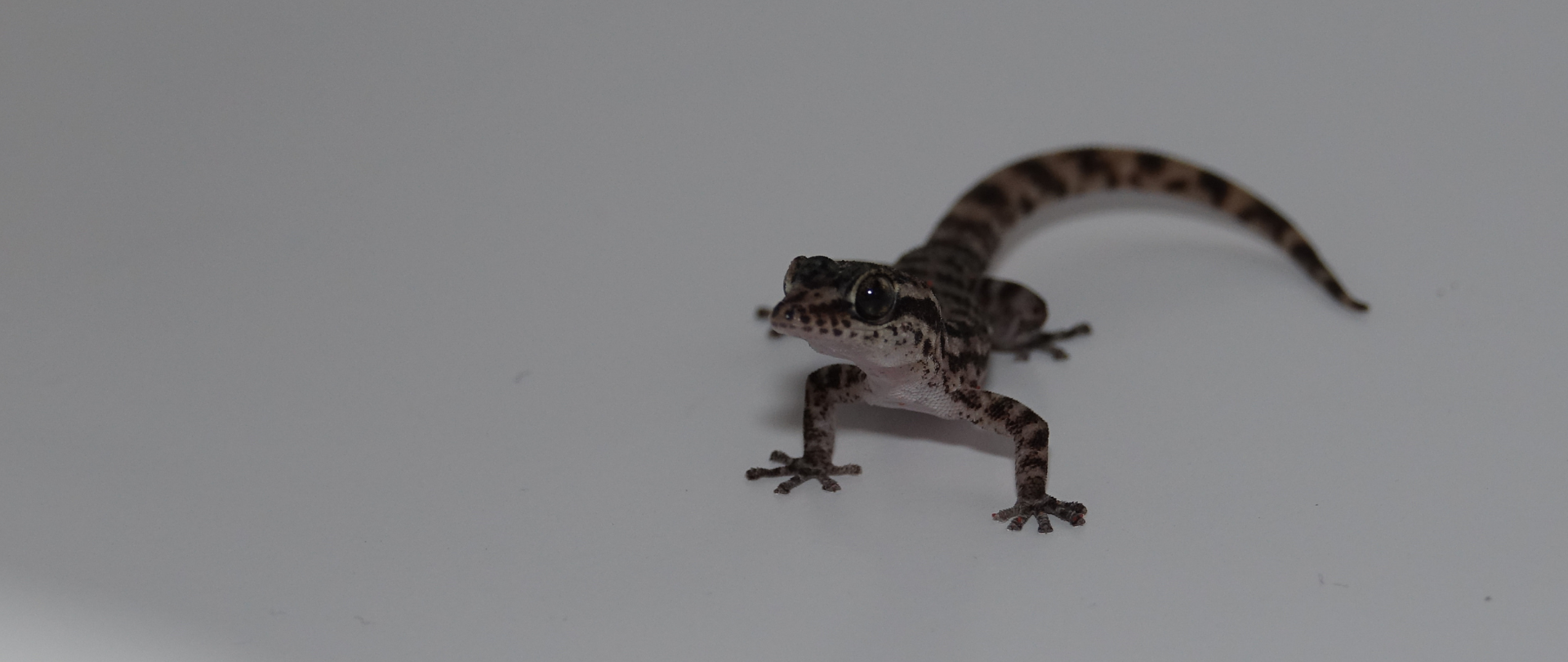
July 22, 2025
A species once thought extinct just made its comeback. A study published in PLOS ONE confirms the Leaf-toed Gecko has been rediscovered on Rábida Island in the Galápagos.
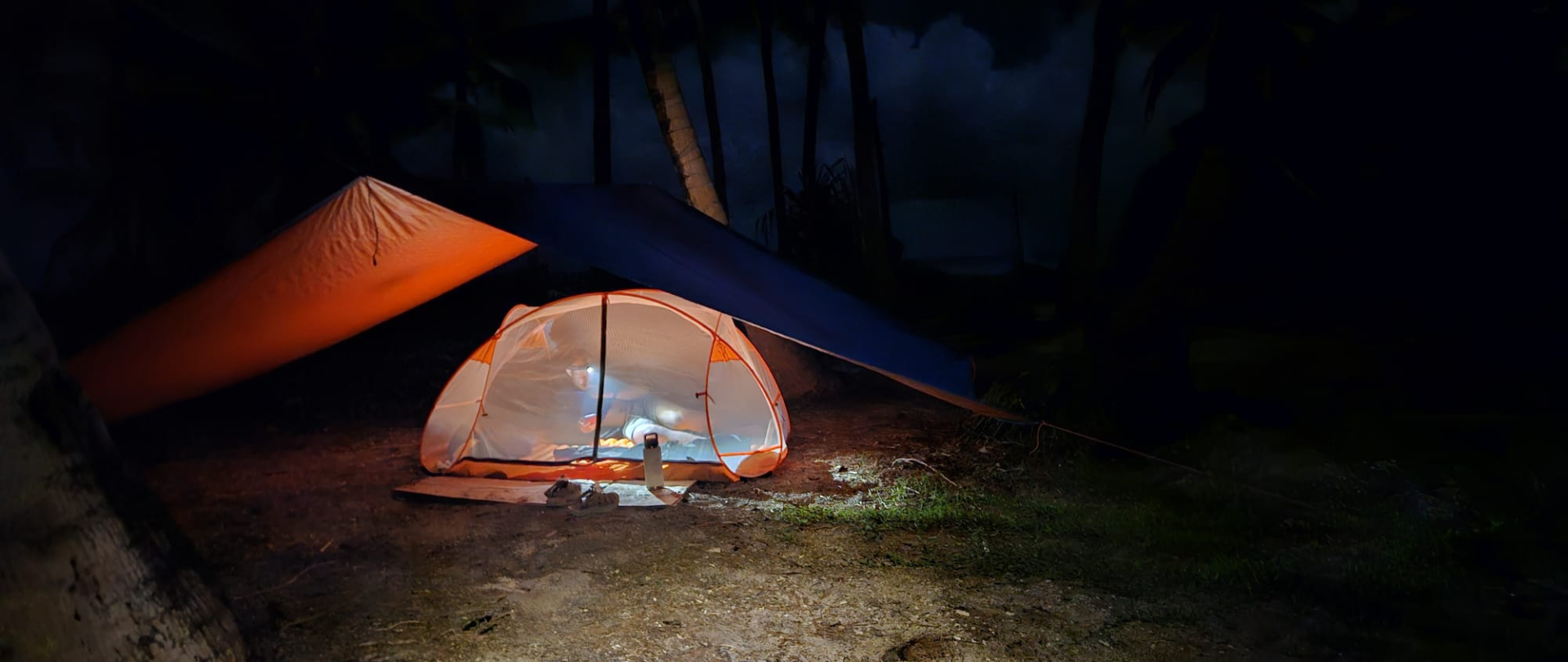
July 17, 2025
Great news from Tuvalu--our projects to restore Nukufetau Atoll, Tepuka, and Falefatu were successful!

June 17, 2025
Two new islands join the Island-Ocean Connection Challenge, linking terrestrial and marine conservation for maximum impact!
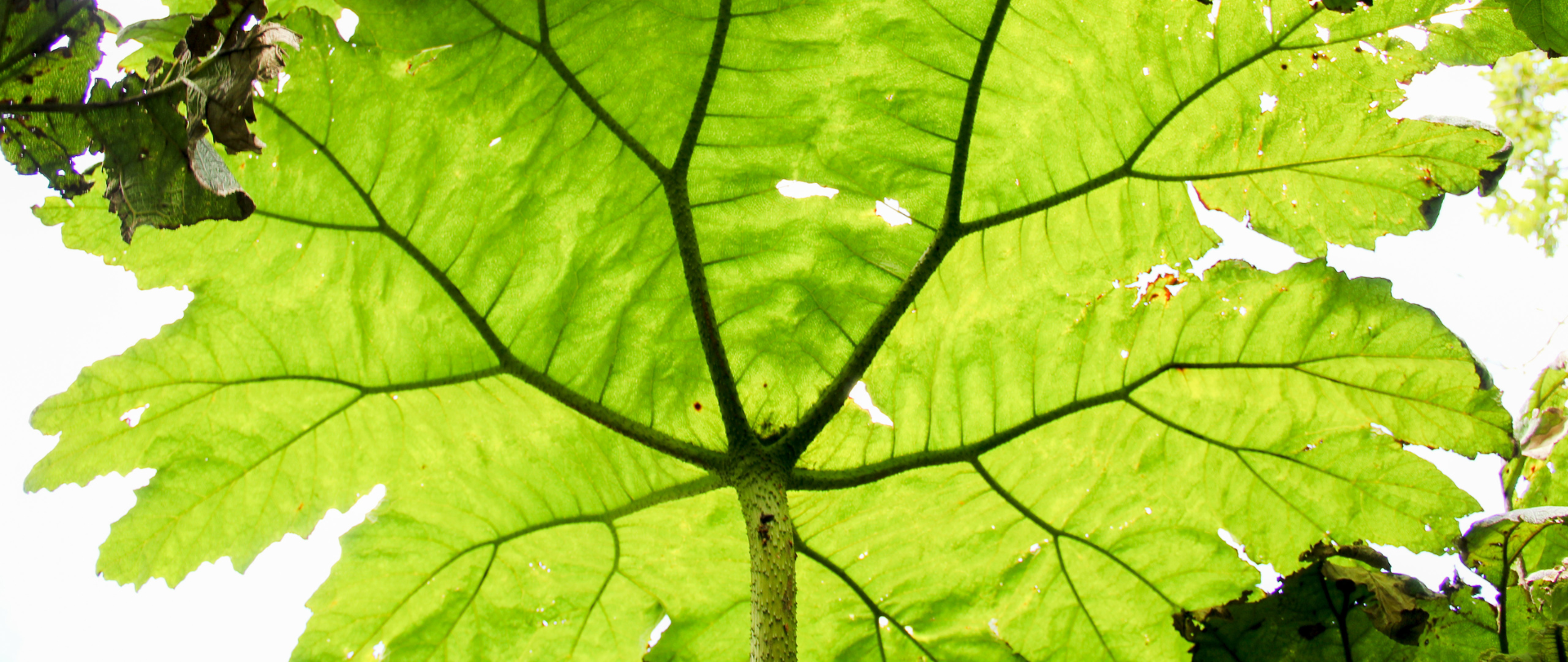
June 13, 2025
Our partner Conservation X Labs has joined the IOCC, committing to deploying transformative technology to protect island ecosystems!
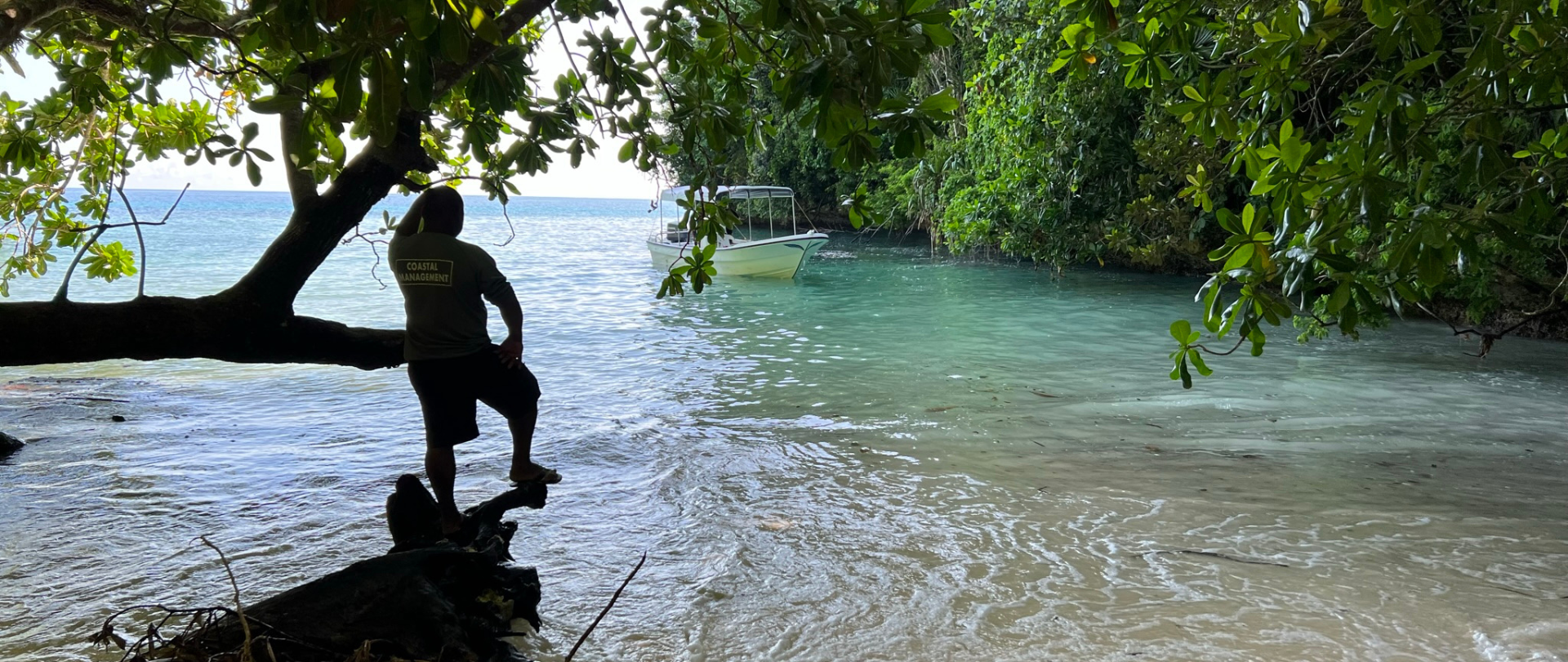
May 19, 2025
Read our position paper on The 3rd United Nations Ocean Conference (UNOC 3) to see why we're attending and what we aim to accomplish!
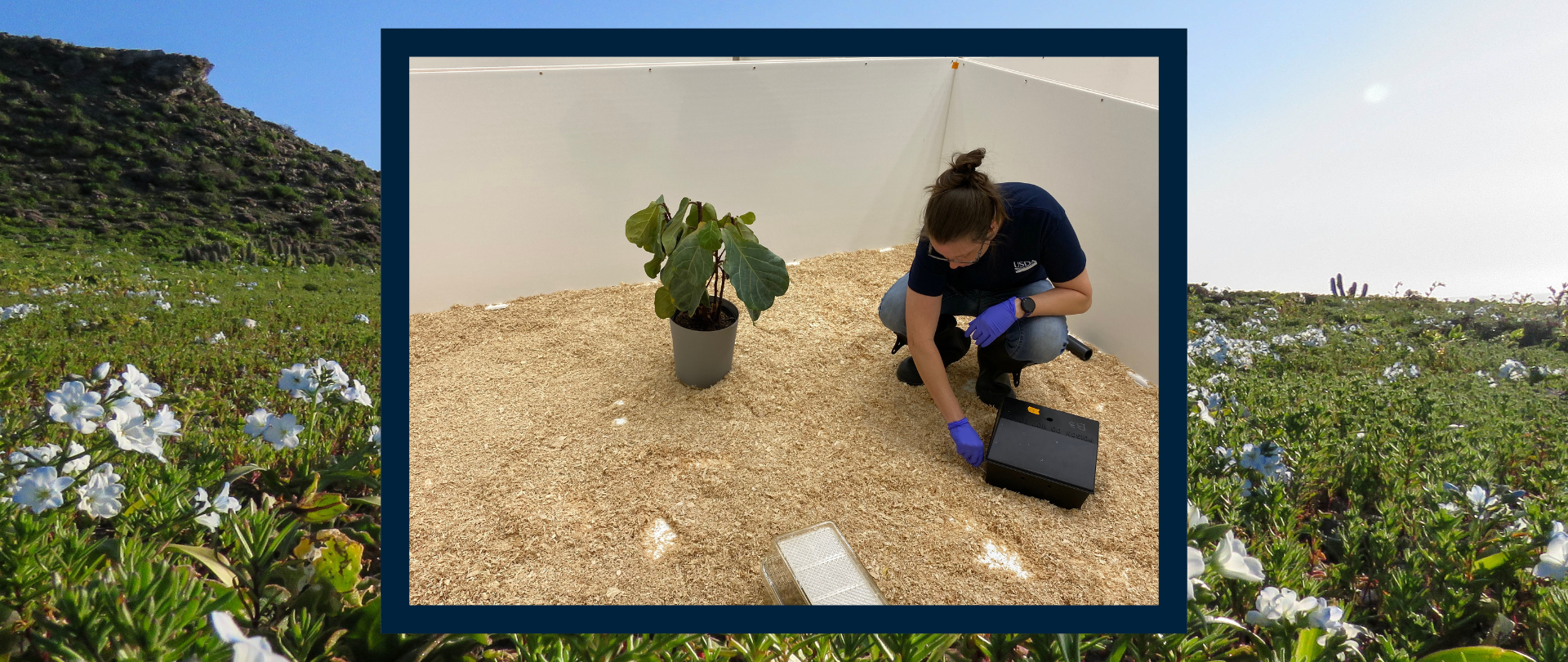
March 11, 2025
New environmental DNA technology can help protect vulnerable island ecosystems from destructive invasive species.
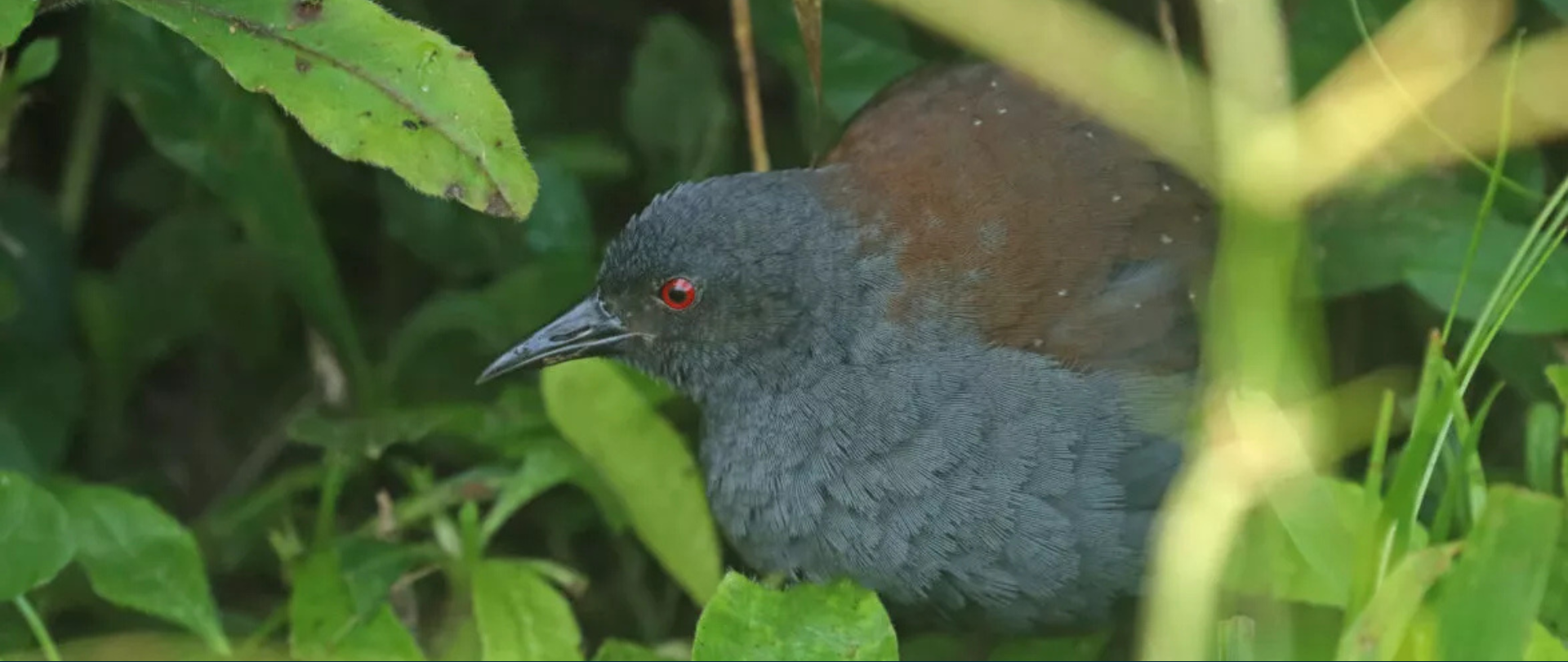
February 27, 2025
A locally-extinct species of ground-dwelling bird was found on Floreana Island!
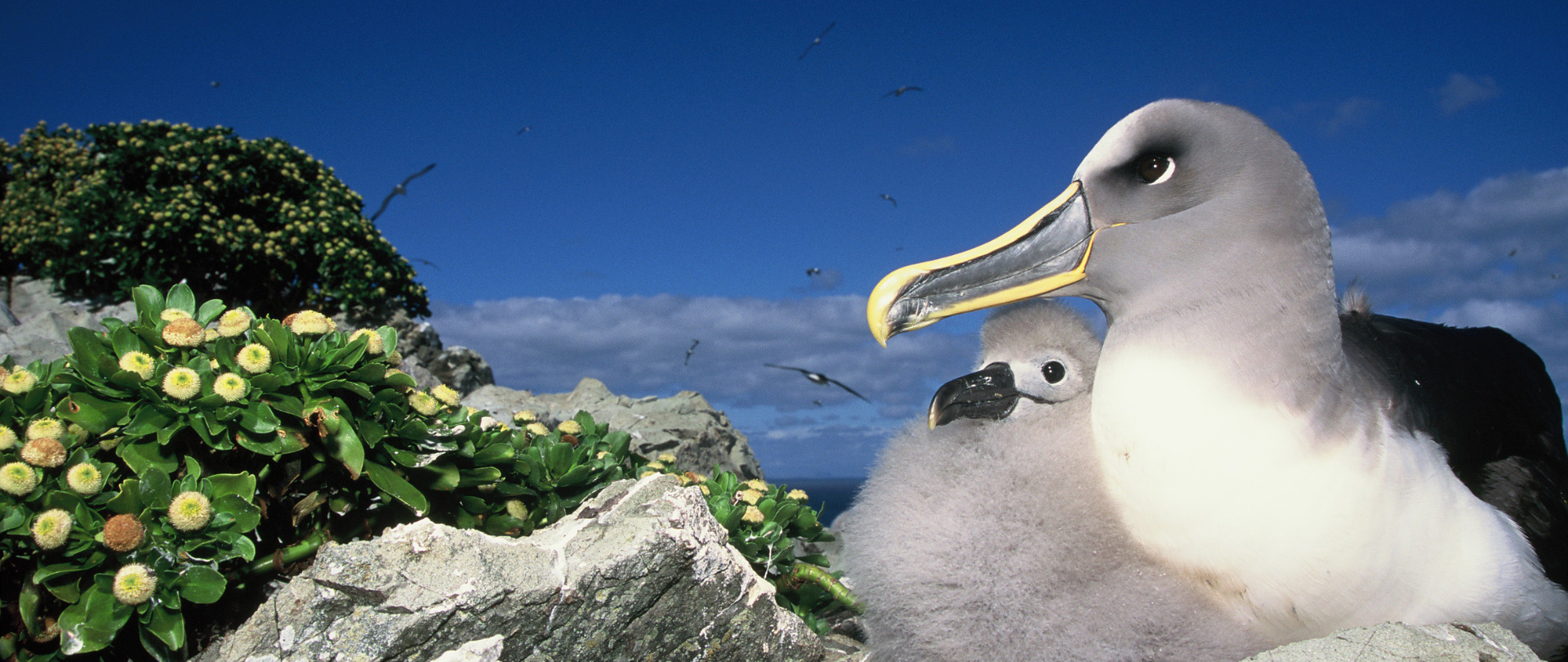
February 20, 2025
February 20, 2025, Bluff, New Zealand – The international conservation initiative, Island-Ocean Connection Challenge (IOCC), led by Island Conservation, Re:wild, and UC San Diego’s Scripps Institution of Oceanography, proudly welcomes three of New Zealand’s most ecologically rich islands into its…